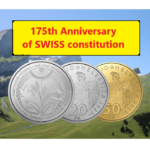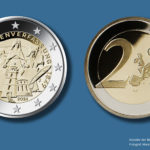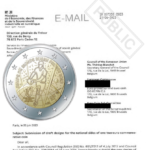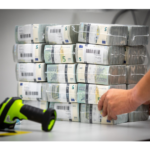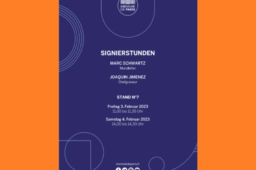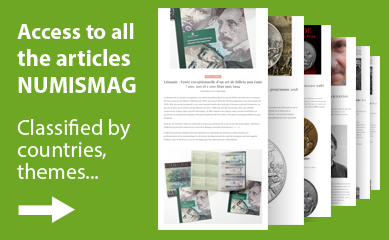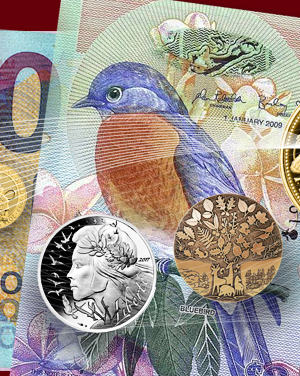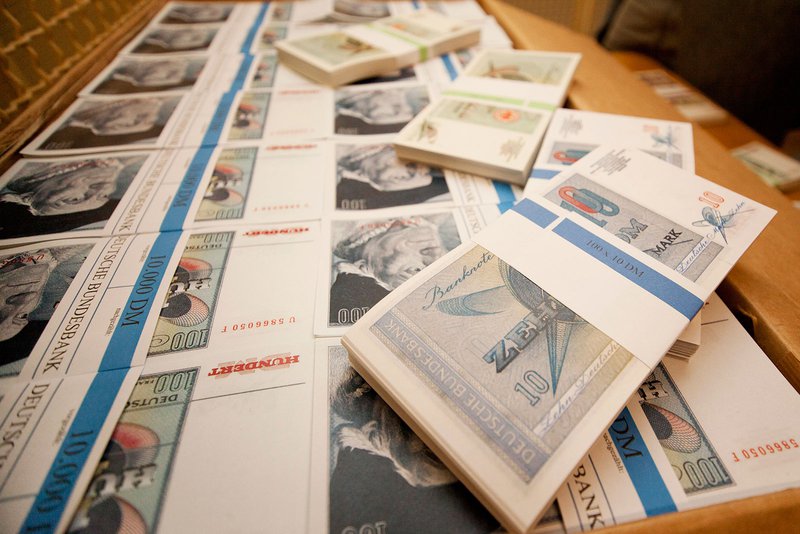
Replacement banknotes of the Bundesbank’s secret bunker
- March 20, 2022
- by
- Pierre

The town of Cochem in Germany was for several decades the official home of the German central bank, the “BUBA” (Deutsche Bundesbank), which was supposed to be used for the training and rest of its executives. The reality was quite different, since this establishment was in fact the place where a series of replacement banknotes, denominated in marks, was stored. This mission was carried out by this establishment over a period from 1964 to 1988. This was the BBK II replacement series for the whole Federal Republic of Germany, excluding West Berlin, for which a specific BBK II replacement series had been designed.
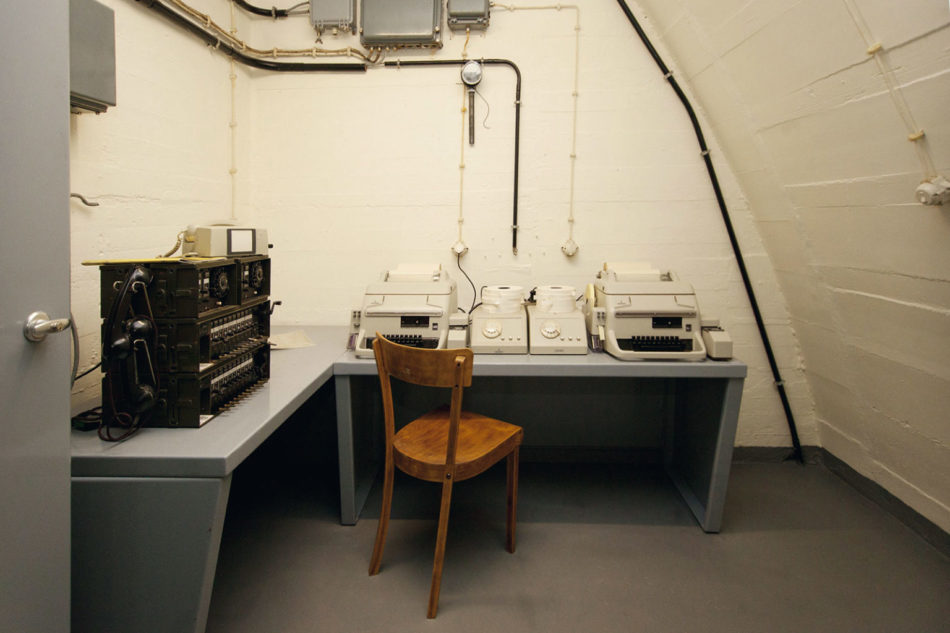
Bunker’s communication station
What is a replacement banknote?
In many countries, including France, replacement series of banknotes are designed by central banks. It is in fact a precaution intended to face a serious event directly threatening the stability of the “cash system” of a country.
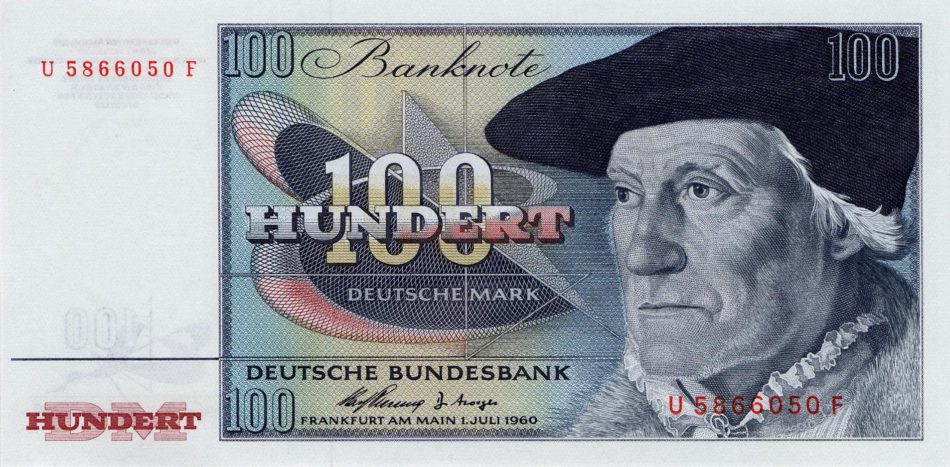
100 marks banknote from the replacement set (Obverse) – BBK II FRG, BITTROF project

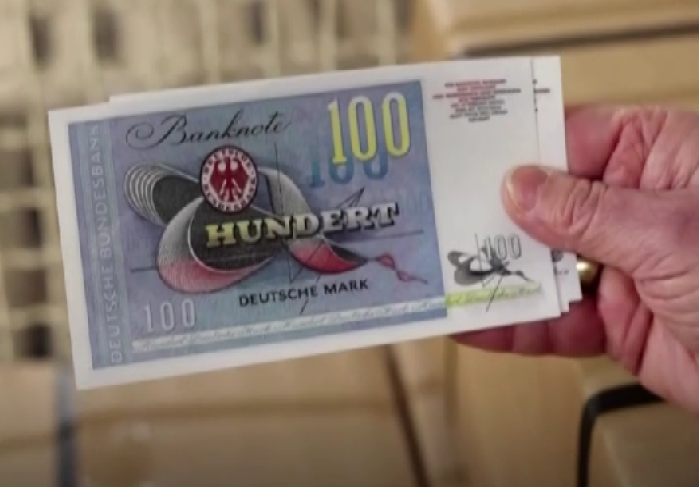
100 marks banknote from the replacement set (Reverse) – BBK II FRG, BITTROF project
One example is a large-scale counterfeiting operation. During the Second World War, the German government had set up a network intended to mass-produce counterfeit British banknotes. This operation, known as “Operation BERNHARD”, was intended to flood Great Britain with counterfeited banknotes. It would have generated a sudden hyperinflation which would have ruined the country and would have made it lose the war. However, the German government did not manage to execute this operation. The tragedy of this episode of the Second World War lies in the fact that the counterfeiters recruited were mostly concentration camp deportees.
Unprecedented economic difficulties requiring an emergency devaluation of a currency could lead to the issuance of new banknotes series with a new face value “post-devaluation” and/or expressed in a new monetary unit. This was the case in France when the old franc was replaced by the new franc on January 1st 1960.
Finally, in case of invasion, a country can quickly demonetize a series of banknotes, especially if the banknote printing house is located in an area controlled by an enemy military force. This prevents the enemy from using a stock of banknotes against the interests of the country that issued them, to finance the war effort of the occupier.
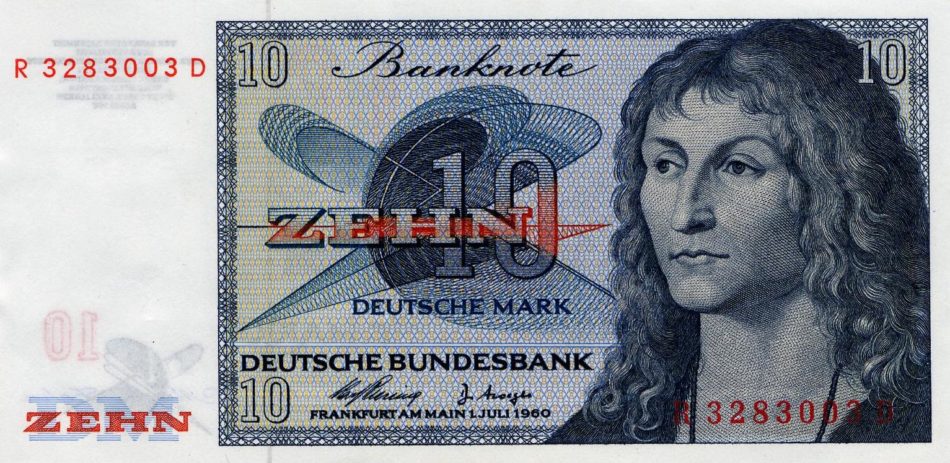

10 marks banknote from the replacement set (Obverse) – BBK II FRG, BITTROF project
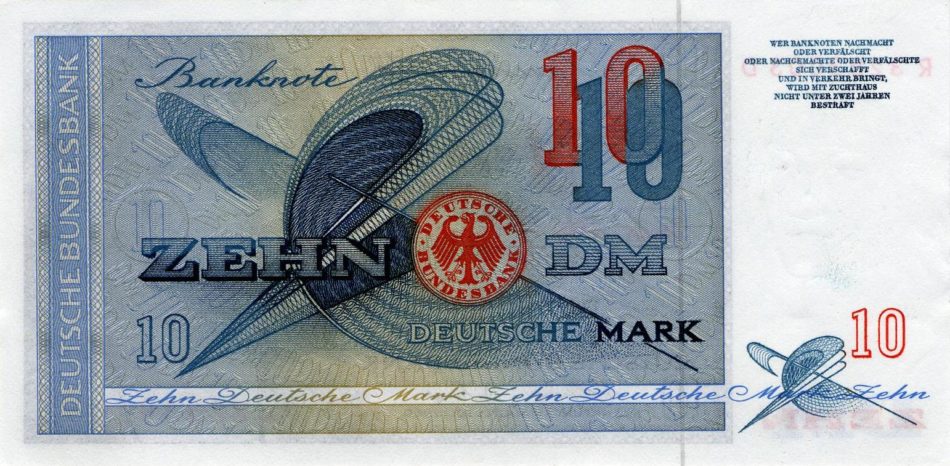
10 marks banknote from the replacement set (Reverse) – BBK II FRG, BITTROF project
On an ad hoc basis, some replacement denominations or series have been used to take over the series of banknotes in circulation at the time of their conception, simply as part of the renewal of a sigle banknote or a complete banknotes series.
A bunker to store the replacement series
The German central bank had classified the operation under the code name “BBK II”.
Petra Reuter, owner of the bunker since 2016, recalls this story worthy of a spy novel. According to her, an amount of 15 billion marks was stored in a set of twelve wire cells between 1964 and 1988. The BUBA’s secret facility occupies an area of 1,500 m2.
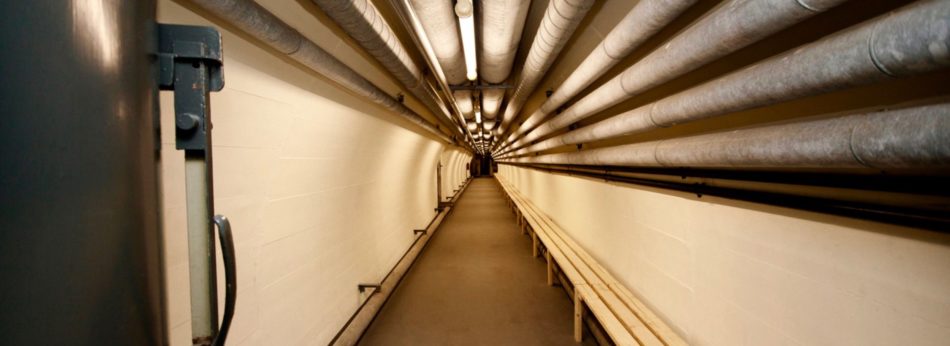
Access corridor to the vault
In this particular case, the German monetary authorities feared that counterfeit money was being smuggled through the Iron Curtain to harm the West German economy.
The Federal Republic of Germany commissioned the “Bundesdruckerei” (German Bank Printing Office) to print a secret emergency banknotes series in parallel with the production of the legal tender banknotes of the time. It was to be made available in case of emergency. The amount of 15 billion German marks was divided into bills of 10, 20, 50 and 100 marks of face value.
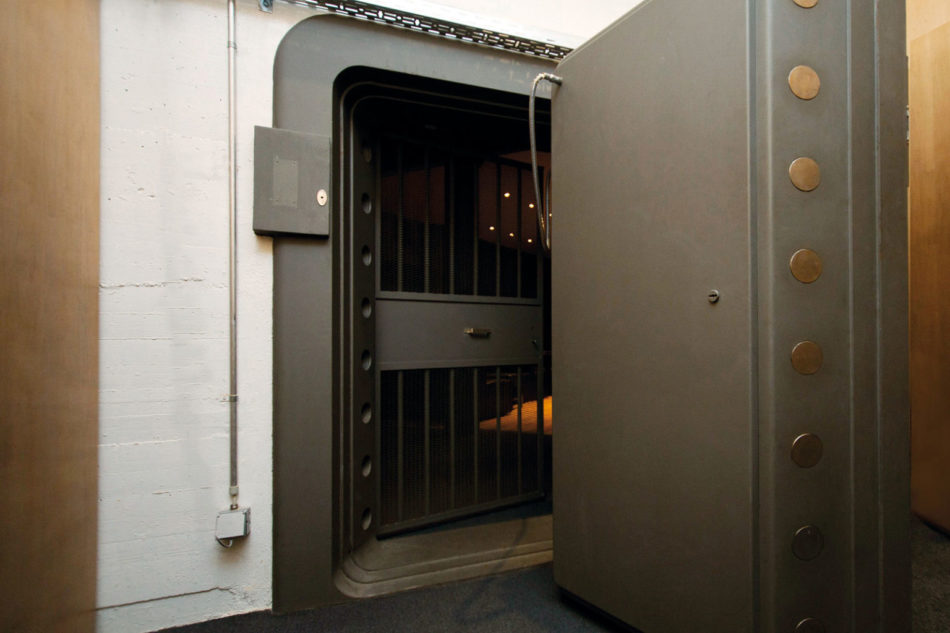
Vault door
Only three BUBA executives in Frankfurt were in possession of the three keys and the combination to the vault lock.
In the event of an attack, BUBA wanted to be able to distribute the replacement banknotes series within two weeks throughout the Federal Republic,” says REUTER.
Behind its heavy iron door, the “L”-shaped paramilitary shelter, with its long corridors, decontamination chambers, offices equipped with teletypewriters and rotary phones, reminds visitors of the Cold War atmosphere.
The supply of banknotes to the Cochem bunker took years, with hundreds of truck rotations, in absolute discretion. The spies of the East German Stasi were not to be alerted…
A page of history definitely turned
Adding the reserves stored in the vaults of the Bundesbank in Frankfurt, a total of 25 billion of this parallel banknotes series will have been printed. This amount corresponded to the amount of banknotes in circulation in 1963, when the decision to create the COCHEM facility was taken.
The entire stock of banknotes was finally taken out of storage, shredded and the banknotes filaments burned between 1988 and 1989, the year the Berlin Wall fell.
Today, the former BUBA BUNKER has become a private museum and can be visited as it has just reopened its doors.

Sources: AFP, géo magazine and NUMISMAG



